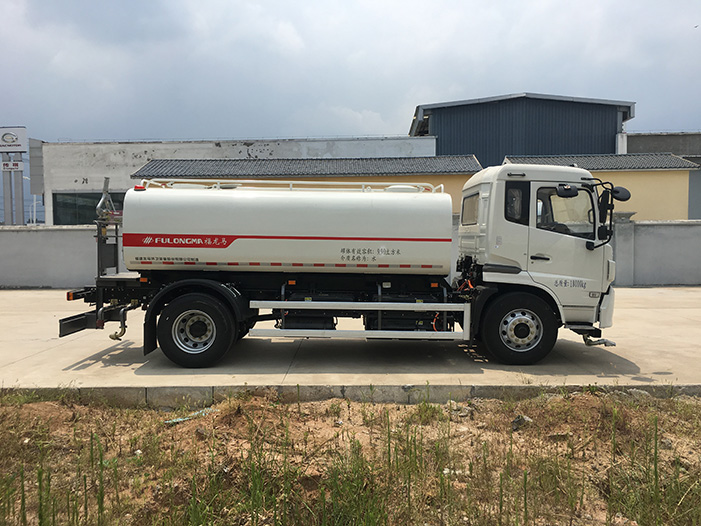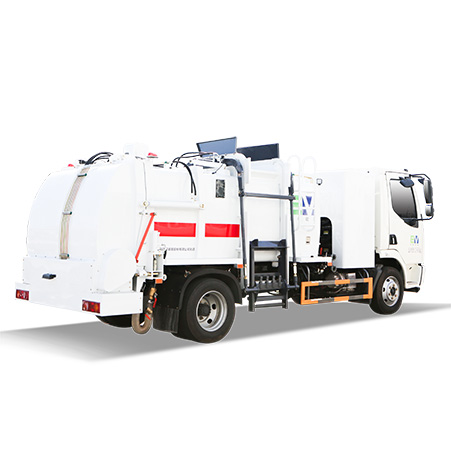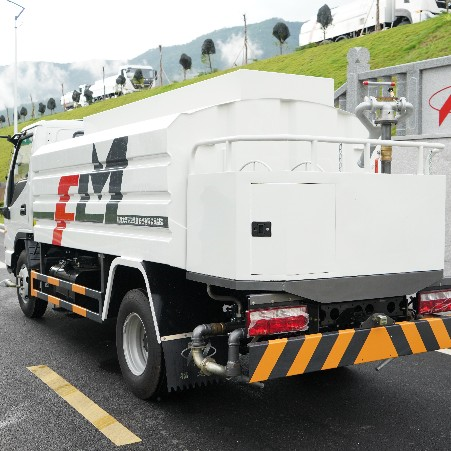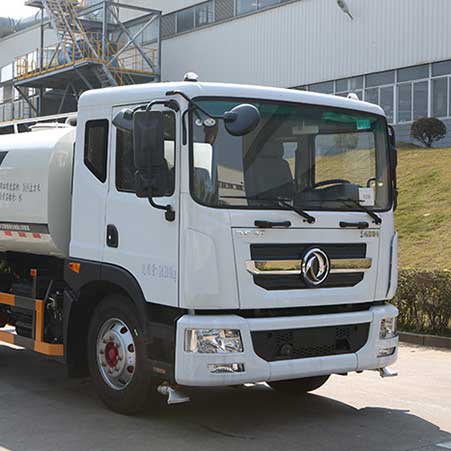In the realm of modern infrastructure and resource management, few elements are as vital and versatile as the humble water tanker. From bustling urban centers to remote rural communities, water tankers serve as lifelines, delivering essential water supplies where traditional infrastructure falls short.
What is a Water Tanker?
A water tanker, simply put, is a specialized vehicle designed for the transportation and delivery of large volumes of water. These vehicles come in various types and sizes, tailored to meet specific needs and operational requirements.
Types and Sizes of Water Tankers
Water tankers come in various types and sizes. The most common types include rigid tankers, articulated tankers, and trailer tankers. The size of a tanker is typically determined by the volume of water it can carry, ranging from small 4,000-liter tankers to large 30,000-liter tankers.
The Design and Features of Water Tankers
Water tankers are engineered with durability, efficiency, and safety in mind. Typically constructed from robust materials such as stainless steel or fiberglass, these vehicles are equipped with specialized pumps, hoses, and valves for loading, unloading, and distributing water. Advanced features such as baffles, surge control systems, and telemetry technology enhance stability, control, and monitoring during transit.

The Role of Water Tankers
Water tankers play a multifaceted role in various contexts, serving as critical components of water supply systems, emergency response efforts, agricultural operations, and industrial processes.
In urban areas, they help bridge gaps in municipal water distribution networks, ensuring uninterrupted access to clean water for residents and businesses.
In rural and remote regions, they serve as primary sources of water for communities without access to piped water systems.
During emergencies such as droughts, floods, or humanitarian crises, water tankers provide essential relief by delivering potable water to affected areas.
Environmental and Economic Impact
While indispensable, water tanker operations can have significant environmental and economic implications. The transportation of water over long distances consumes fuel, generates emissions, and incurs maintenance costs.
Additionally, improper disposal of wastewater from tank cleaning processes can pollute water sources and harm ecosystems.
However, advancements in fuel-efficient vehicles, alternative energy sources, and wastewater treatment technologies are helping mitigate these impacts, promoting sustainability and cost-effectiveness in water tanker operations.
Innovations in Water Tanker Technology
The rapid pace of technological innovation is transforming the water tanker industry, driving improvements in efficiency, safety, and environmental performance.
Cutting-edge developments such as GPS tracking systems, remote monitoring sensors, and automated control systems enable operators to optimize routes, manage inventory, and ensure compliance with regulatory standards.
Furthermore, advancements in water treatment technologies, such as reverse osmosis and ultraviolet disinfection, enhance the quality and reliability of water delivered by tankers, meeting stringent health and safety standards.
In conclusion, water tankers stand as indispensable assets in our modern world, providing essential water supplies to communities, industries, and emergency responders alike. From their humble beginnings as utilitarian vehicles to their evolution as high-tech, environmentally sustainable assets, water tankers continue to play a crucial role in ensuring access to safe and reliable water sources. As we navigate the challenges of the 21st century, the ongoing innovation and adaptation of water tanker technology will remain essential in safeguarding water security and resilience for generations to come.
FAQs
How do water tankers fill up with water?
Water tankers typically fill up at designated water sources such as reservoirs, wells, or water treatment plants using specialized pumps and hoses.
How much water can a typical water tanker carry?
The capacity of water tankers can vary widely depending on their size and configuration, ranging from a few hundred gallons to several thousand gallons.
Are water tankers only used for drinking water?
While potable water delivery is a common application, water tankers are also used for various other purposes, including irrigation, firefighting, dust suppression, and industrial processes.
How do water tankers ensure the quality of the water they transport?
Water tankers employ various measures to ensure the quality and safety of the water they transport, including regular cleaning and disinfection of tanks, adherence to water quality standards, and monitoring of water sources.






